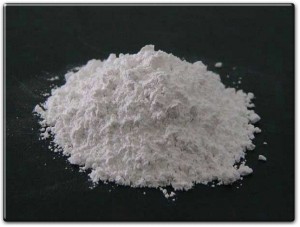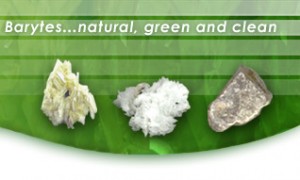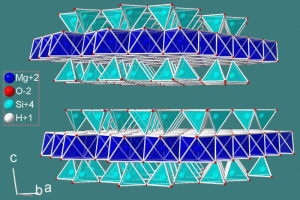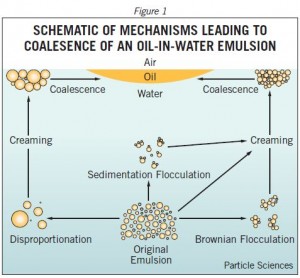Fillers
When it comes to the rubber industry, there is one metaphor that seems to explain all the necessities and intricacies of rubber. âMaking rubber is a lot like making a cakeâ. Since starting at J Allcock & Sons, Iâve heard it over a dozen times, and it still surprises me how apt a saying it is!
Iâve tried punching holes in the saying, and thought Iâd finally done it when it came to this subject. If virgin rubber is the flour, release agents the butter on the tin and accelerators the yeast, what would fillers be in the cake analogy?
Calcium Carbonates â CaCO3Â
Calcium Carbonate is a classic filler for the rubber industry. A cheap and fine grade filler suitable for almost all rubber compounds. If you want to reduce the cost per kilo of a rubber compound (and have already tried reclaim/rubber crumb, we hope!) CaCO3 can stiffen up a compound as well as significantly decrease the total cost of a compound, but it will decrease the compoundâs physical properties (another point Reclaim and Crumb can beat CaCO3 on)
J Allcock & Sons provide 2 main types of Carbonate, Trucarb and V/40S Whiting. Trucarb is affectionately known as âGround-up Derbyshireâ as it is simply naturally occurring limestone ground into a fine powder. If you are looking for a cheap filler, Trucarb is the way to go. V/40S Whiting is exactly the same chemically as Trucarb, but acquired from evaporating river water in Italy, and is therefore purer. This produces extremely fine powder of bright white, which is perfect for decreasing the weighted cost of a white compound, without dulling the brightness.
Here is the first hurdle for the cake analogy. Calcium Carbonate is, ironically, a lot like Sodium Bicarbonate in cakes, reducing the total amount of flour needed to produce the same amount of cake batter.

Taken From: http://www.glogster.com/marianchemistry5/calcium-carbonate-sophia/g-6mfbv68tglod14n058a6ja0
Barytes
Barytes is a powder of Barium Sulphate, and is at least twice as dense as CaCO3. Barytes is extremely good at adding weight to your compound, such as a use in moulding rubber weights. Barytes is also very resistant to acid corrosion, as well as x-rays, infrared and radar. It can provide a âdeadeningâ quality to the rubber compound too.
We provide a single grade of Barytes, Barytes Supreme, which may not provide stealth-grade material, but will bring weight and deadening to a rubber compound.
Barytes could be considered as the fruit and raisins of a cake, any rubber compound made with Barytes will come out like a fruit cake; hard, heavy and resistant to almost anything.
 
Taken from: http://www.barytes.org/barytes.html
âTalcâ/Magsil â Magnesium Silicate
Talc is another speciality filler for the rubber industry (as well as plastics, paints and paper). Thanks to itâs microscopic disc shape, Talc is able to add slip to a compound (see below for an excellent diagram). Very little talc is needed to help a compound through extrusion and calendaring, as well as adding some mild reinforcement to your compound. Talc has an extremely âactiveâ surface, again due to the flat disc shape of the particles, and thus can absorb sulphur and slow a compoundâs cure rate. This can be rectified with the use of glycol.

Taken From: http://en.wikipedia.org/wiki/File:Talc.GIF
Talc is also often used externally on a compound as a dusting agent (or anti-tack agent) , allowing the stacking of uncured compound sheets without the risk of them sticking together (exactly like the cosmetic use for Talcum powder).
Talc can also be partnered with Silanes, a molecule designed to chemically bond fillers with compounds such as rubbers and plastics, allowing a much larger amount of filler to be used without the degradation of properties normally associated with the use of fillers en-masse. (this will be expanded upon in the next blog post)
Two grades of Talc are available from J Allcock & Sons; Magsil Topaz 350 (or T350) which is our standard Talc, or Magsil Diamond which is a finer powder and thus is able to add greater slippage.
With its brilliant white colour, this fine powder has to be the icing on the cake, literally. Though icing sugar may not add slip to the top of a cake, it is a final addition that completes the baking of a cake in much the same way as powdering with talc signifies the completion of a rubber compoundâs mix.
Thanks to Norman for helping with the technical details and editing. As always, if you have any questions please donât hesitate to contact me by e-mail at matt@allcocks.co.uk or by telephone on +44 (0)161 223 7181





